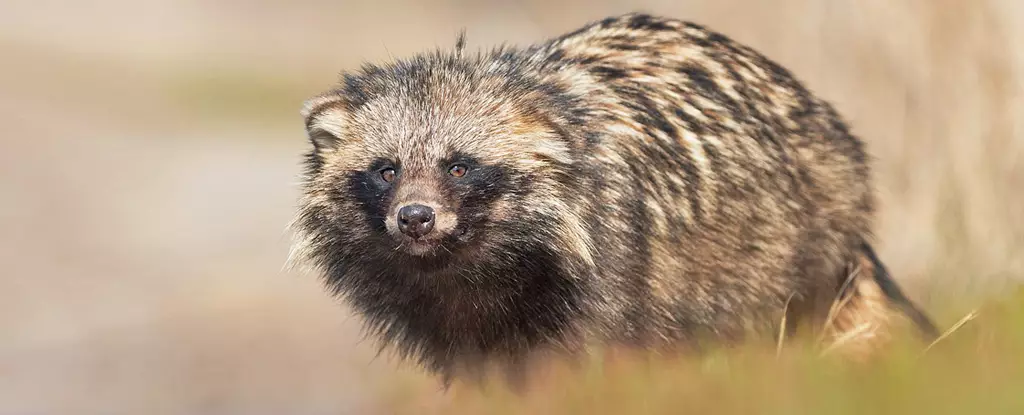In late 2019, a series of unusual pneumonia cases emerged in Wuhan, China, eventually leading to the global pandemic known as COVID-19. Investigating the origins of the virus became not only a scientific endeavor but also a crucial aspect of public health strategy. Current studies suggest that the virus, SARS-CoV-2, likely originated from wildlife sold in the now-infamous Huanan seafood market in Wuhan. This market, characterized by the sale of various live animals, was a perfect environment for zoonotic transmission—the process through which diseases jump from animals to humans.
The Significance of the Huanan Market
The Huanan market was swiftly shut down after the onset of the pandemic, which limited early investigative efforts. Concurrently, the Wuhan Institute of Virology (WIV), located nearby, became a focal point for speculation regarding the virus’s origins. While theories surrounding a lab leak have proliferated, virologists have urged caution, suggesting that the virus more likely made the leap from animals to humans within the market. Recent efforts to analyze samples taken from the site shortly after its closure provide a clearer picture of the factors that contributed to SARS-CoV-2’s emergence.
Environmental Sampling and Metagenomic Analysis
Researchers from the Chinese Center for Disease Control and Prevention (CDC) undertook significant metagenomic analyses of environmental samples collected in early 2020. They meticulously swabbed surfaces, cages, and even sewage systems in the market to gather genetic material left by potential hosts. The meticulousness of this approach allowed scientists to compile an extensive dataset comprising over 800 samples. The data incorporated both RNA and some DNA from a variety of organisms present at that time.
Florence Débarre, an evolutionary biologist involved in the analysis, highlighted the importance of this dataset. It provided critical insights into which animals could have acted as intermediate hosts for the virus, potentially revealing the transmission pathways that sparked widespread human infection.
A critical analysis of the metagenomic data led researchers to identify several animal species at the Huanan market that might have served as the intermediate hosts for the virus. Notably, the common raccoon dog emerged as the most prevalent species in the samples, with additional signs of the masked palm civet also detected. These animals have historical links to earlier coronaviruses, suggesting that they could have similarly facilitated the spillover of SARS-CoV-2 into humans.
Despite the compelling genetic evidence, researchers caution against concluding definitively whether these animals were infected at the time of sampling. Instead, they identified signs of the animals’ presence within the environment—suggestive of a direct relationship between the animals and the virus’s emergence in that region.
The findings presented in this recent study drew attention to the risks associated with wildlife markets, particularly urban ones where a diverse variety of species come into contact with one another and with humans. Michael Worobey, an ecologist, emphasized the dangerous consequences of facilitating interactions between wildlife and human populations. This intersection not only creates avenues for zoonotic transmissions but also underscores broader public health risks associated with wildlife handling.
In reinforcing the concept that the Huanan market was integral to the early life of SARS-CoV-2, these findings hold implications far beyond the retrospective understanding of COVID-19’s origins. They have significant ramifications for future public health policy, where efforts must shift from reactive to preventative measures. Research indicates a pressing need to implement strategies that reduce the likelihood of zoonotic events occurring again.
As the world grapples with the consequences of the COVID-19 pandemic, understanding its origins is essential for preventing similar outbreaks in the future. The growing body of evidence pointing towards wildlife involvement highlights the need for closer scrutiny of wildlife markets and the trade of exotic animals.
The exploration of this dataset and the conclusions drawn from it represent just one part of the larger puzzle that is pandemic preparedness. Scientists like Kristian Andersen have called for a renewed focus on proactive measures that could minimize the risks inherent in cross-species viral transmission.
Amidst ongoing speculation about lab leaks, the scientific community continues to emphasize the natural origins of COVID-19 as a critical area of study. It serves as a reminder of the interconnectedness of human health and wildlife conservation, urging the global community to reassess our relationship with nature and wildlife. Understanding the emergence of pathogens like SARS-CoV-2 ultimately guides us toward not just comprehension, but also towards the path of prevention and sustained public health resilience.


Leave a Reply